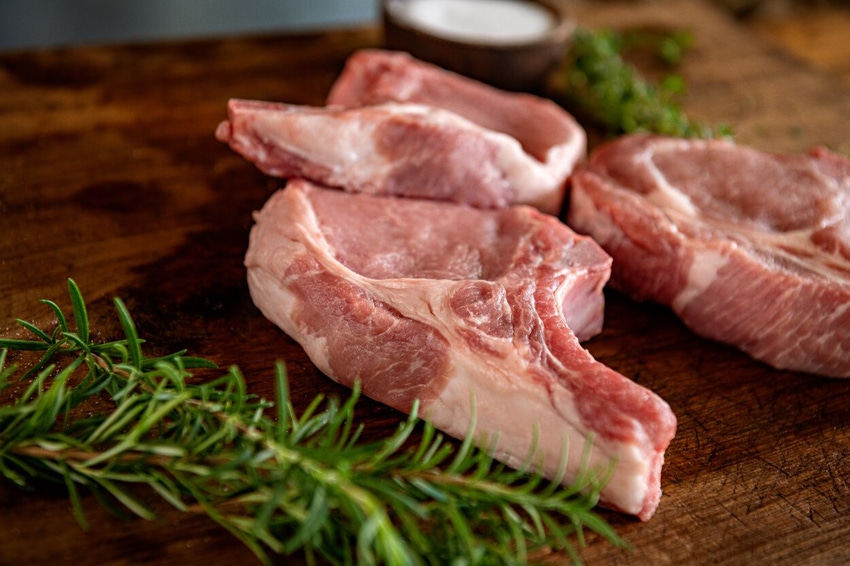Pork chops continue to be Meat Demand Monitor wild card
Baby Boomers place more emphasis on taste, freshness than animal welfare, environmental impact for Millennials.

U.S. consumers were willing to pay more for all evaluated retail protein products, except the pork chop, last month. However, when it comes to food service, those same consumers were more willing to open their pocketbooks for all protein products, including the pork chop.
According to the March Meat Demand Monitor, the combined beef and pork projected market shares for March were 32% and 20%, respectively, at the grocery store, and 39% and 14% at the restaurant.
Glynn Tonsor, professor in the Department of Agricultural Economics at Kansas State University and author of the monthly MDM, says current consumer demand for pork chops is one of the least well-understood facets of domestic meat demand.
“While the product is well understood by nutritionists and other experts, exactly how U.S. consumers view and approach pork chops remains worthy of further assessment,” Tonsor says. “While this needs to be cross confirmed, it is very possible that many U.S. residents feel unsure of their ability to comfortably prepare available pork chops at home in a way that confidently leads to a high-quality eating experience. They may alternatively believe chefs at restaurants are better equipped.”
Launched in February 2020, the MDM project is funded in-part by Beef Checkoff and Pork Checkoff and tracks U.S. consumer preferences, views and demand for meat with separate analysis for retail and food service channels. The monthly survey is conducted online with more than 2,000 respondents reflecting the national population.
Tonsor notes while the MDM examines pork chops as a center-of-the-plate, traditional item, there is a full suite of pork loin products available to U.S. residents that are key to current and future demand.
“I have collaborated with the National Pork Board on related focused efforts to better understand the pork loin situation and am optimistic those efforts will help us answer some of these questions and ultimately lead to elevated demand for pork loin products and subsequently increased value for U.S. pork producers and suppliers,” Tonsor says.
In March, 73%, 54% and 68% respondents indicated they had consumed breakfast, lunch and dinner at home. Thirteen percent, 21%, and 31% had beef their prior day for breakfast, lunch and dinner, while pork was included in 18%, 10% and 18% of these meals.
Last month, 75% of respondents self-declared as regular consumers of products derived from animal products, 12% indicated they are flexitarian/semi-vegetarian, and a combined 6% indicated they are either vegan vegetarian or vegetarian.
Freshness, taste, price and safety remain most important when purchasing protein. However, in this month’s ad hoc questioning, the survey found substantial differences in protein value across generations, with Baby Boomers placing more emphasis on taste and freshness versus issues such as environmental impact, origin/traceability, animal welfare and hormone/antibiotic use for Millennials. For example, Baby Boomers considered taste 1.60 times as important as price in their protein purchasing decisions versus a relative importance of 1.44 times for Millennials.
Tonsor says he believes market segmentation is already well underway in the U.S. protein space and he expects it to continue its evolution in upcoming years.
“Some examples to think about include among family subsets (i.e. not single or couples without kids at home), baby boomers being less likely to be buying for growing teenagers and hence less of a target for family or large package size offerings,” Tonsor says. “Meanwhile, among single subsets (i.e. sole resident, no kids at residence) Millennials may be more likely to buy single product/cut packages with multiple claims even if the product comes at a much higher dollar/pound price point.”
About the Author(s)
You May Also Like





